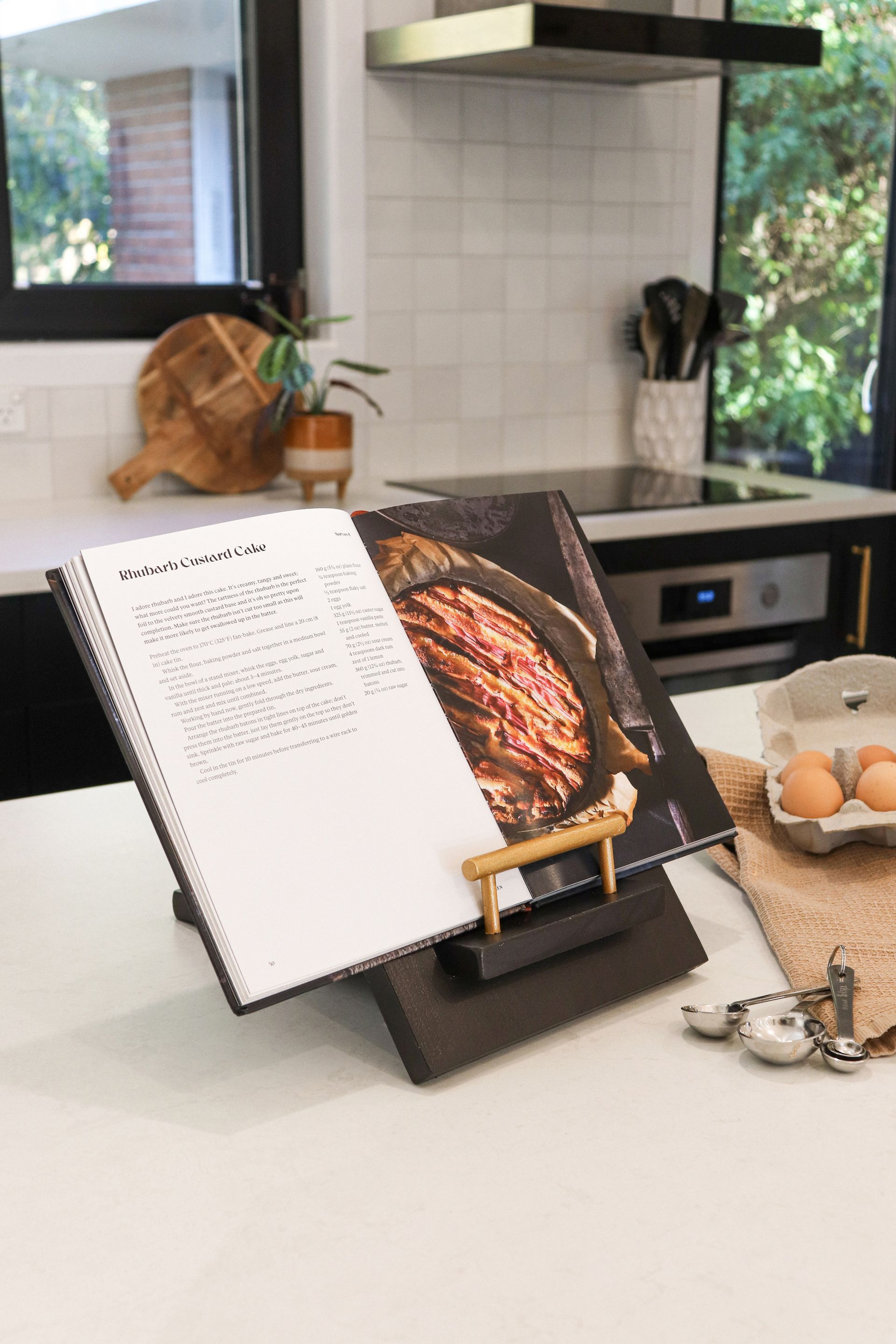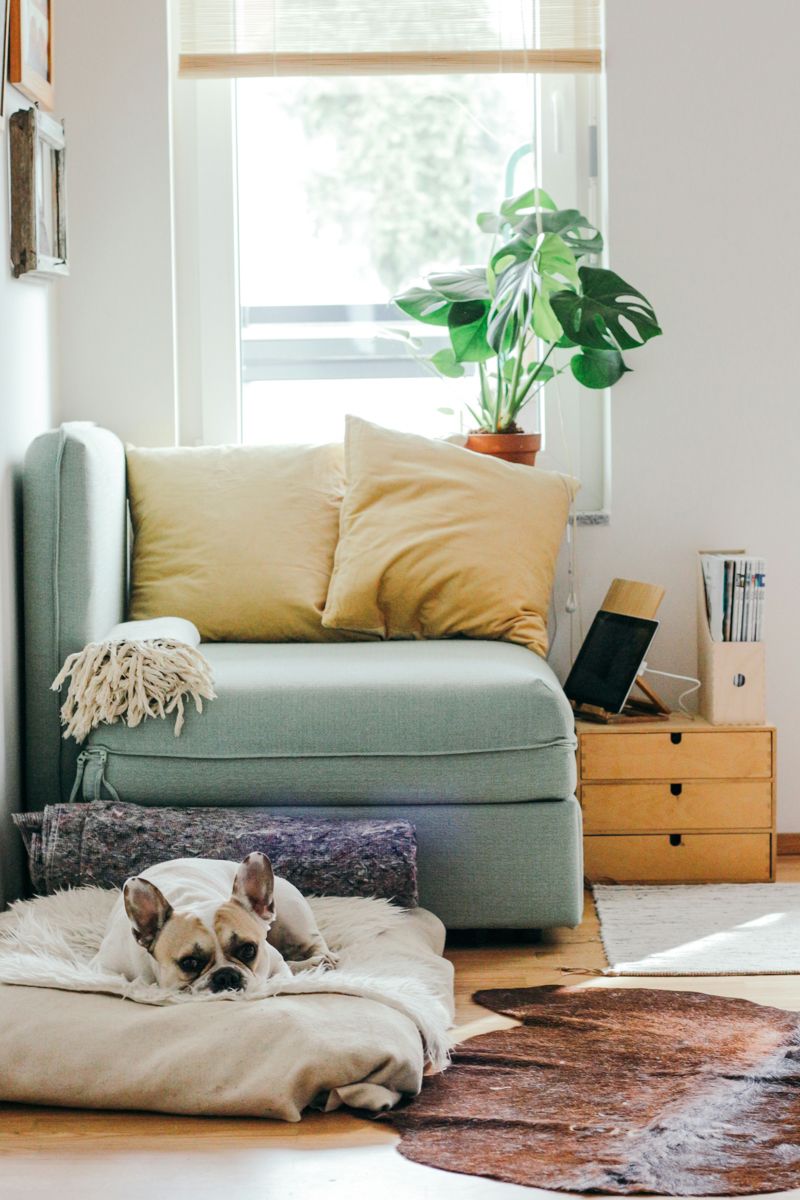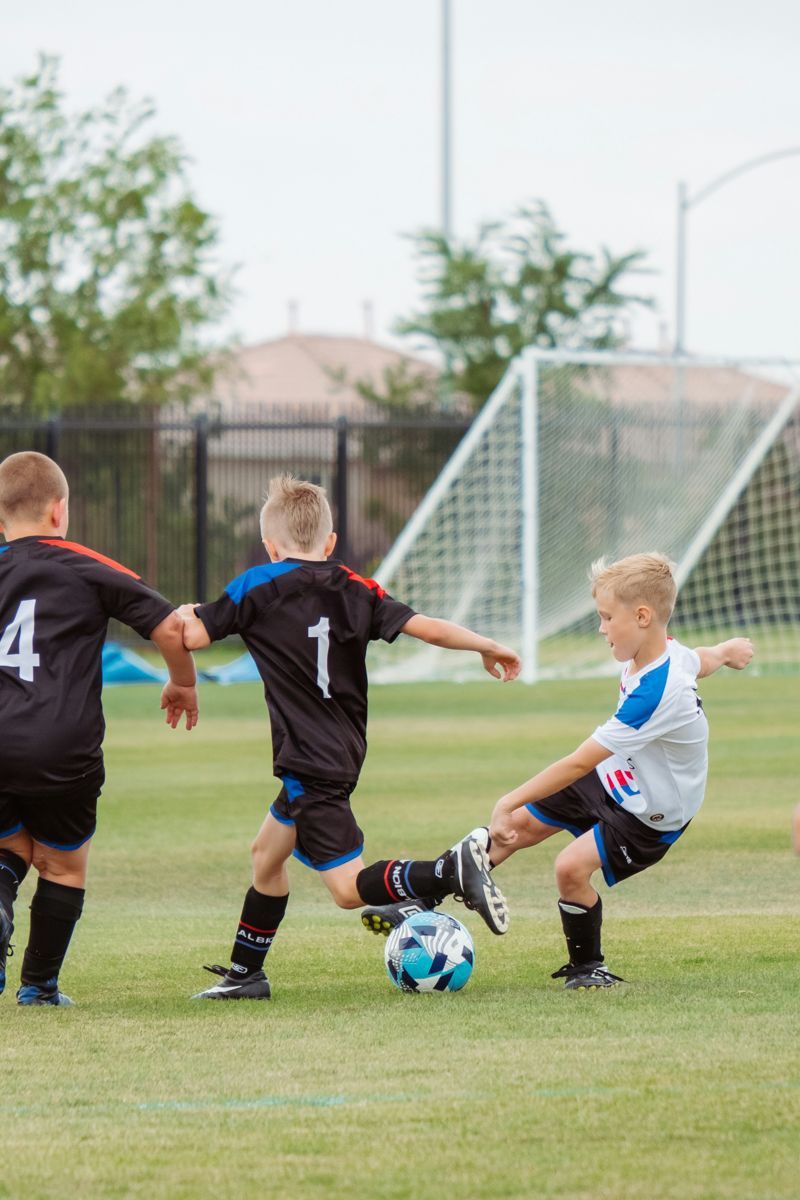The idea of taking three young children on a mountain hike would leave most parents filled with a sense of dread. But Mid Canterbury-based blogger, marketing freelancer and social media influencer Jen Parkes regularly takes her children – Nathan (seven), Kipton (five), and Emilia (three) – into the great outdoors, and she’s on a mission to show other parents they can too.
Jen Parks had been an active and sporty person before having children, and she wondered, ‘How do I get out there and explore with the kids?’ It was baby steps, starting small with a short DOC walk that ended up being more challenging than she anticipated. ‘I thought, I wish I’d had more information and had more photos of what it’s like.
‘That’s where the idea of a website came from. A place where parents could get all the information they really needed to know, from people who had actually experienced it with kids. We [Jen and husband Ashley] felt like this was an experience we could share with them; one we could get out and enjoy all together.’
And the more they took to the outdoors, the stronger the children got. They decided to tackle a ‘bucket list’ item, Lake Marian in Fiordland, with a five-, a three- and a one-yearold. ‘I messaged a few people that had done it, and I was like, maybe it seems kind of doable.’
They brought a backpack to carry three-year-old Kipton, but to their surprise, he ended up walking about 80 per cent of that walk, which for the most part felt like walking up a dry riverbed. ‘He just kept going. He never asked any questions; it was climbing and it was exciting. It was then that we were like, this is something we can actually do. And I guess we never looked back.’
The family went on to tackle Little Mount Peel, Roys Peak in Wanaka and Mueller Hut at Mount Cook National Park, to name just a few. The children got a thrill out of discovering all the natural features along the way, like waterfalls, lakes and swimming holes, where they could drink straight from the waterfall or dive into the water.
In 2018, when Emilia was just three months old, Jen decided to start a blog about her adventures, building her own website. And the Backyard Travel Family was born. ‘I wanted a place to be able to share the things that we’d being doing. It’s really cool to know that you’re helping other people.
When you see other families having an amazing time, you get a kick out of the fact that they took some inspiration from the things that you’re doing. I just want everyone to have awesome family memories.’
Gradually her following grew, mostly through google searches, and she could see she was connecting with people all across the country, and even overseas. When New Zealand climbed out of its first COVID-19 lockdown in May 2020, the website went ‘mental’ with families looking to get out exploring.
The website’s itineraries have grown to include hidden gems throughout Canterbury, Marlborough and Nelson, the West Coast of the South Island, Queenstown Lakes, Northland, the Waikato and Bay of Plenty, with plenty of tips and tricks, and local knowledge about the areas.
Although she would never claim it’s easy taking children into the outdoors, sometimes just getting out the door was the hardest part, and once you had done it, you could do it again. ‘The more that you do, the less scary it seems.’
She encouraged families to never back down from a challenge. ‘Don’t be afraid to take on some uphill climbs. Flat is really boring, especially when you can see a long way out ahead of you. It needs to be something interesting. Don’t be scared of uphill, but make sure there’s something interesting on the way, like waterfalls or swimming holes.’While she lives rurally and spends most of her time in the outdoors, Jen admits to being a ‘city girl’ at heart. ‘I’m a city girl who married a country boy.’ She grew up in Wellington and with her father in the Air Force, the family spent a lot of time overseas and adventure became second nature. She had never hiked or camped with her family growing up, but it was her love of travel that led her to the outdoors.
She and Ashley met at Lincoln University both on sports scholarships; he in rugby and she in netball.
They travelled extensively after they were married, including three months overland in Africa and the Mount Everest Base Camp. All in all, Jen has visited 40 countries in her lifetime.
For Jen, getting out into the great outdoors helps fill her cup as a busy mum of three, and is the perfect way to connect with her children and create unforgettable experiences.
‘We’re just creating such awesome family memories together, and you never know, we might not be here for a long time, so rather than waiting until they’re older, they can do so many awesome things now. I think it helps them, it’s so good for their mental health to get out and to see and to breathe, and to know they can do hard stuff. It really builds their resilience… and it translates really well over to when they find things really hard at school, or when they get really frustrated with things. I want them to become independent. Good, strong independent kids who can look after themselves – they know when they’re hiking they need to carry their own things.’
Jen says New Zealanders are lucky to have the most beautiful backyard to explore. ‘I love the landscape; I love the mountains and the lakes and the ocean. It makes me feel free.’ She feels a sense of achievement when tackling an alpine walk, and loves sharing this with her children. ‘You make all that effort to make it somewhere beautiful. It’s that moment where you’re like wow, I did it.’
For more tips and tricks for travelling with kids and Jen’s South Island Family Road Trip Itinerary visit backyardtravelfamily.com
Recent stories








